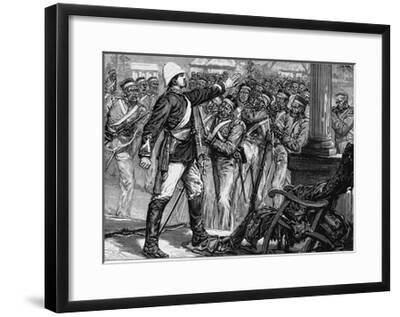
The tiny island was an unlikely seat of power, but it ultimately became the center of a penal settlement that expanded across many of the other islands.įor years, the inmates were forced to clear the island's impenetrable, humid forests to make way for an opulent colonial complex. Thus began an era of unprecedented penal cruelty on Indian soil.

Ross Island, the smallest of the 576 islands that form the archipelago, was chosen as the colony's administrative headquarters as its strategic location provided safety from attackers. “This decided the British in favor of setting up a penal settlement on the Andaman islands to ease the situation,” says Aparna Vaidik, a professor of history at India's Ashoka University.īritish doctor James Pattison Walker arrived at the Andaman & Nicobar archipelago in March of 1858 and established the penal colony while in the company of 200 convicts and rebels. As the British contained the revolt, mainland India's provincial jails became overcrowded. Some 800 miles away from the coast of mainland India, the island in the Indian Ocean is now swaddled in eerie desolation and overgrown vegetation.Īfter the Indian Mutiny (also known as the Sepoy Mutiny or Indian Rebellion) of 1857, considered to be the first war of eventual Indian independence, British colonists who were caught unawares by the rebellion immediately sought to establish a faraway penal settlement to subdue the rebels. Giant knots of Ficus tree roots ensconce the dilapidated remains of opulent bungalows, and have taken over a ballroom where couples once waltzed. Today, the jungle has reclaimed the land of Ross Island, shrouding in foliage its gruesome past.


For decades, an obscure speck of an island-measuring less than one-third of one square mile-was the site of the brutalization of thousands of convicts and political prisoners amidst a luxurious British colonial settlement.


 0 kommentar(er)
0 kommentar(er)
